
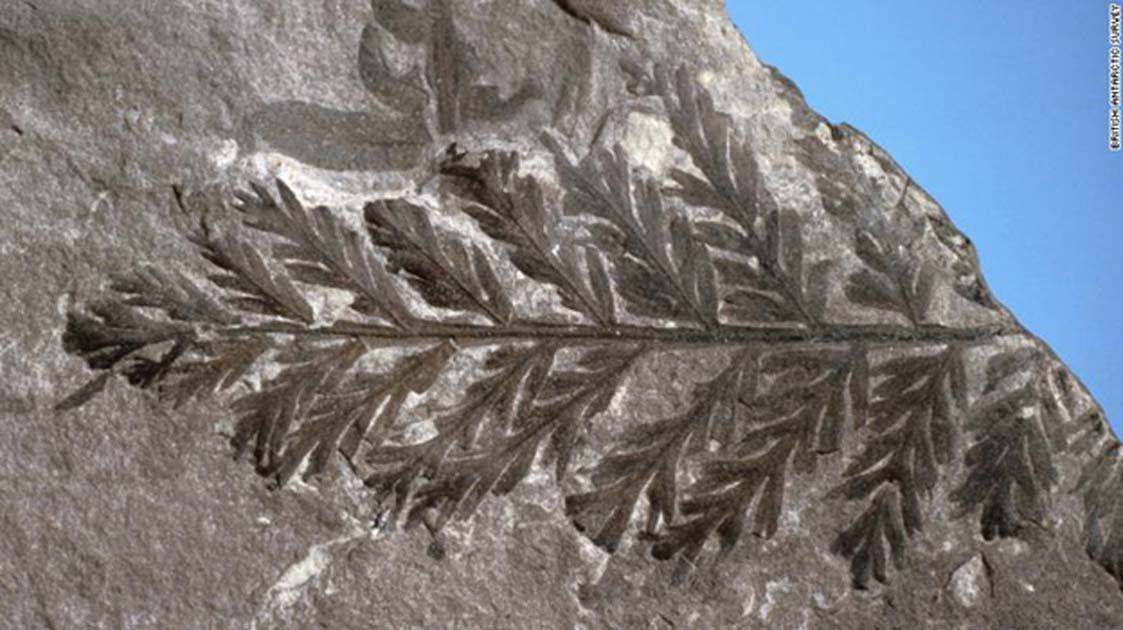
280-Million-Year-Old Fossil Forest Discovered in Antarctica
Geologists have discovered 280-million-year-old tree fossils in what is believed to be evidence of the oldest polar forest found in Antarctica.
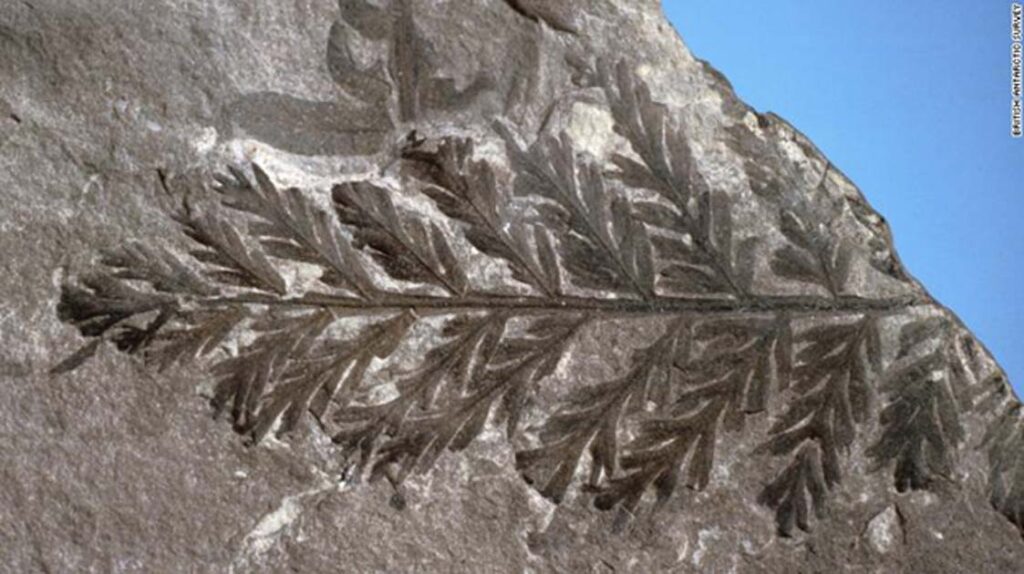
Erik Gulbranson and John Isbell from the University of Wisconsin-Milwaukee trekked across the Transantarctic Mountains during the continent’s summer, between November and January.They found the ancient specimens among the rocks where a leafy forest once grew.
The team have now returned to the frozen slopes once more to find out how the forest could have flourished there.
Professor Gulbranson said people have known about the fossils in Antarctica since around 1910 but most of the region remains unexplored.
The polar forest grew at a latitude where plants can’t grow today and he believed they must have been an extremely hearty species in order to survive. The team is now trying to understand why they went extinct.
“There isn’t anything like that today,” he said. “These trees could turn their growing cycles on and off like a light switch. We know the winter shutoff happened right away, but we don’t know how active they were during the summertime and if they could force themselves into dormancy while it was still light out.”
The trees are believed to have been able to survive by living nearly half the year in absolute darkness followed by up to five months of continuous light.
During the Permian Period, Antarctica was much warmer than it is today. At the time, Antarctica was then still part of Gondwana, the Southern Hemisphere’s supercontinent that incorporated present-day Africa, South America, Arabia, India and Australia.
There would have been a mixture of mosses and ferns and the geologists believe forest stretched across the entirety of Gondwana.
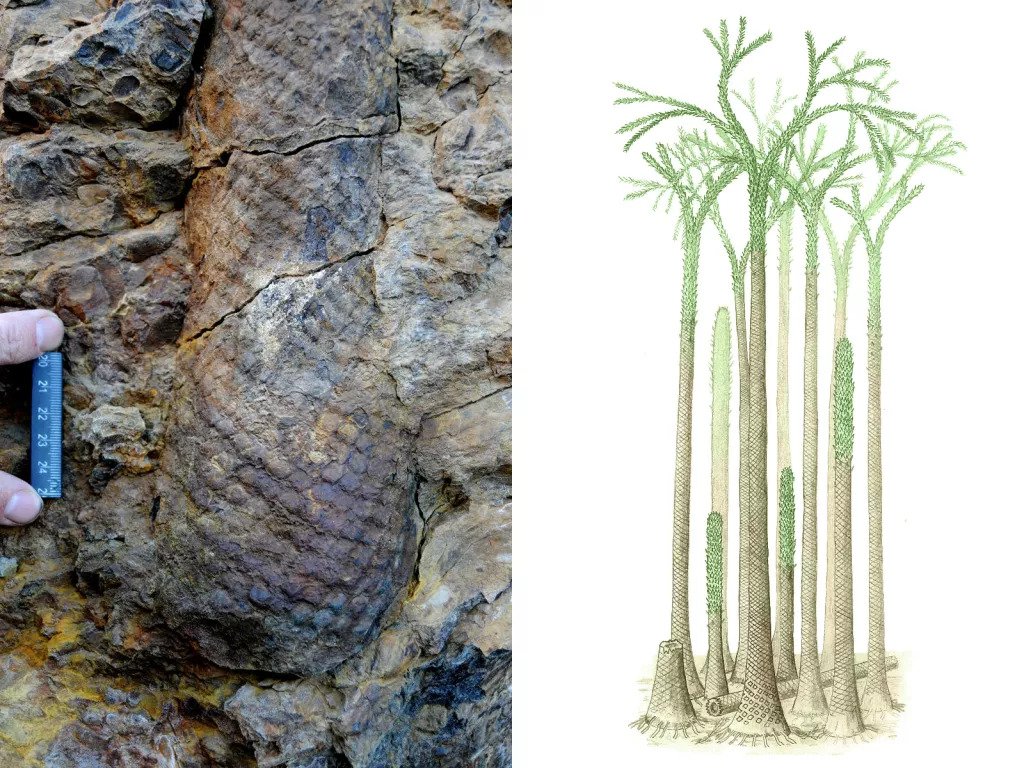
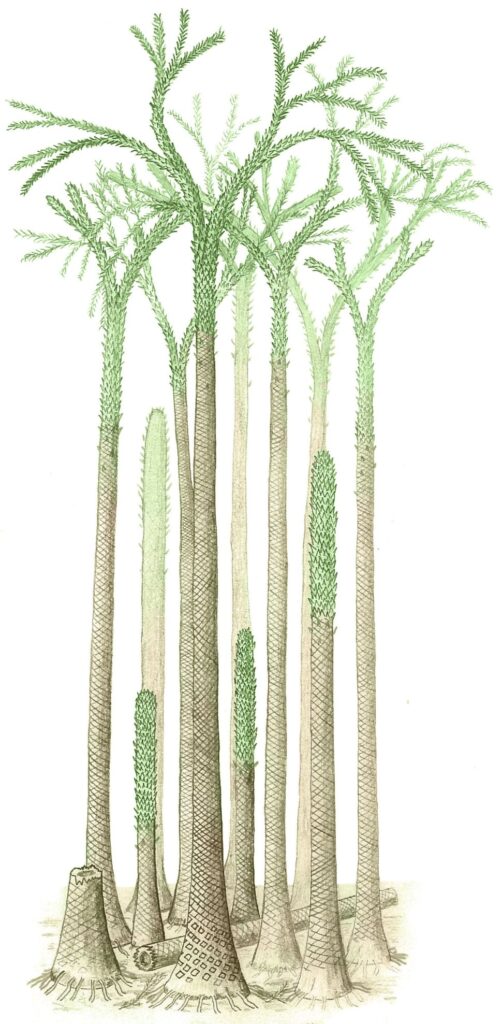
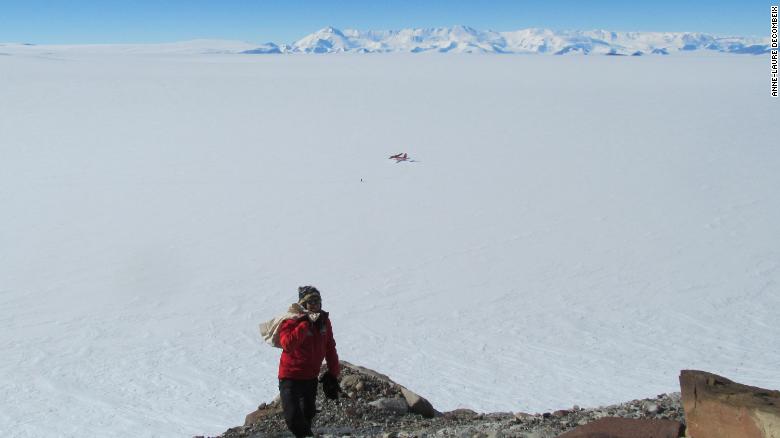
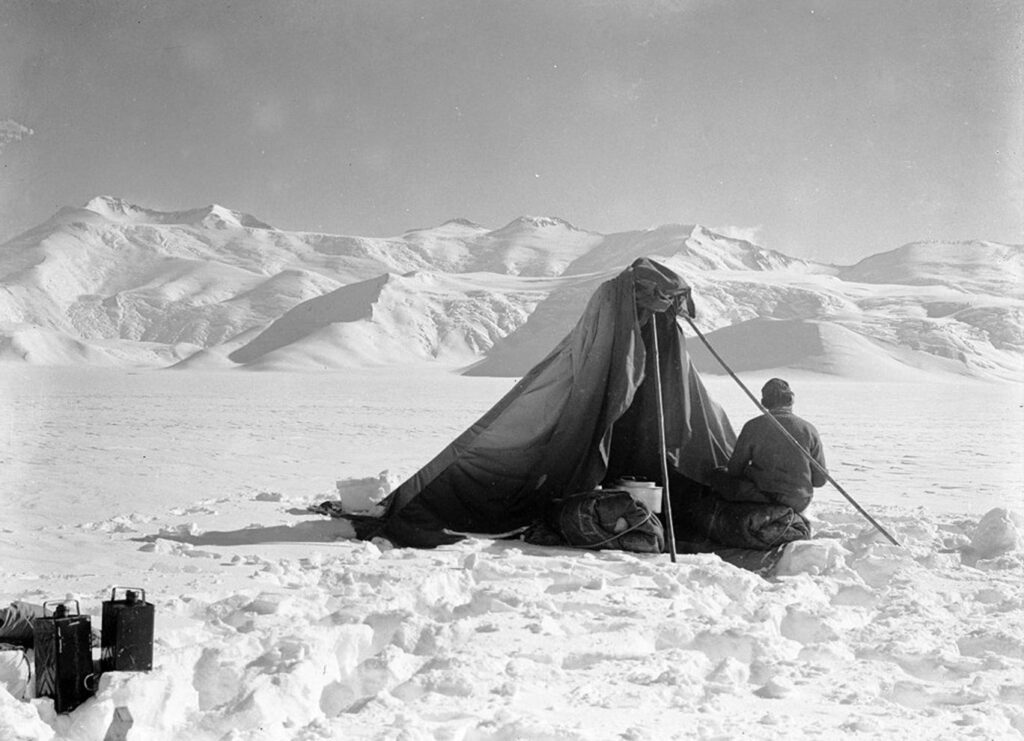
The team of scientists found that these trees were able to transition from summer activity to dormancy during the winter perhaps as quickly as within a month.
In a separate interview with CNN, Prof Gulbranson said that dating the fossils was one of his team’s biggest challenges. He added that recent findings indicated the polar forest was about 280 million years old but that a margin of error could make the trees up to 20 million years older or younger.
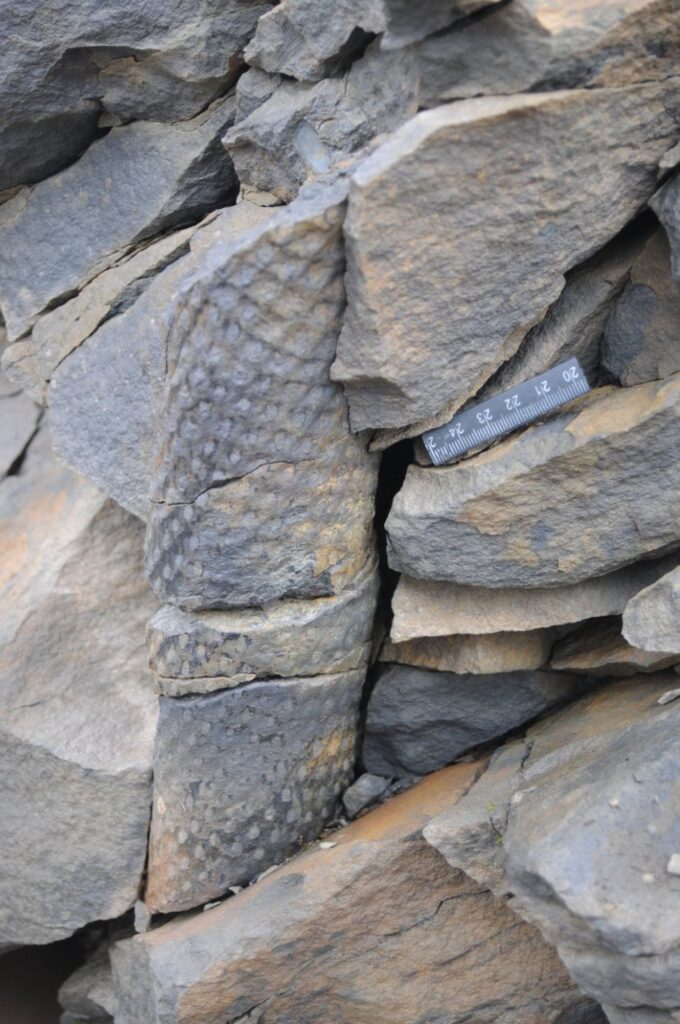

The new research aimed to study how such polar ecosystems changed during the mass extinction at the end of the Permian period 250 million years ago, he said.
Although research is still ongoing on what caused the mass extinction, many scientists believe 90 per cent of all species were wiped out from the face of the earth, including the polar forest, because of higher global temperatures and ocean acidification caused by an injection of carbon dioxide in the atmosphere spanning over 200,000 years.
“This forest is a glimpse of life before the extinction, which can help us understand what caused the event,” Prof Gulbranson said. “It can also give clues to how plants were different than today.”
He added that he believed his work could help understand the effects of contemporary climate change and added that today’s global warming could lead to forests moving towards the North Pole in places like Arctic Siberia and Arctic Canada.
Recommended Videos
 Meet The New Grumpy Cat That Looks Even Angrier Than Her Late Predecessor1290 views
Meet The New Grumpy Cat That Looks Even Angrier Than Her Late Predecessor1290 views 50 Cardinal Birds That Are Indescribably Beautiful28393 views
50 Cardinal Birds That Are Indescribably Beautiful28393 views-
Advertisements
 Fields of Web: The Rare Occasion When Spiders Take Over1535 views
Fields of Web: The Rare Occasion When Spiders Take Over1535 views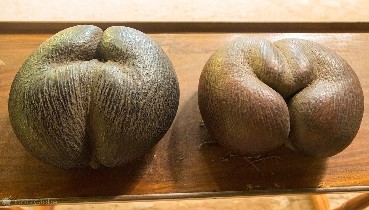 Double coconut: The largest seed in the world989 views
Double coconut: The largest seed in the world989 views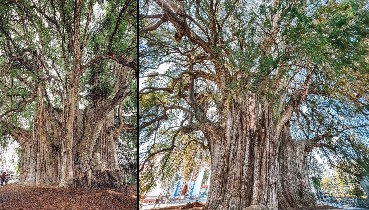 Mexico’s 2,000 Year-Old Living Tree2848 views
Mexico’s 2,000 Year-Old Living Tree2848 views This Woman Set Up A Feeder Cam For Birds In Her Yard, And The Results Are Extraordinary (30 Pics)209 views
This Woman Set Up A Feeder Cam For Birds In Her Yard, And The Results Are Extraordinary (30 Pics)209 views 25 Ridiculous Male Fashion Designs1564 views
25 Ridiculous Male Fashion Designs1564 views The Winners Of The 2021 Bird Photographer Of The Year3346 views
The Winners Of The 2021 Bird Photographer Of The Year3346 views
You may also like
 Photographer Is Left In Awe Seeing Mother Goose Care For 47 Goslings And Keep Them All Safe
Photographer Is Left In Awe Seeing Mother Goose Care For 47 Goslings And Keep Them All Safe  25 Of The Most Amusing Street Photos Shared On This Instagram Account
25 Of The Most Amusing Street Photos Shared On This Instagram Account  A Gorilla With A Pink-White Finger Because Of Lack Of Pigmentation On Her Hand
A Gorilla With A Pink-White Finger Because Of Lack Of Pigmentation On Her Hand  20 Failed Photos That People Should Have Checked Before Posting At All Costs!
20 Failed Photos That People Should Have Checked Before Posting At All Costs!